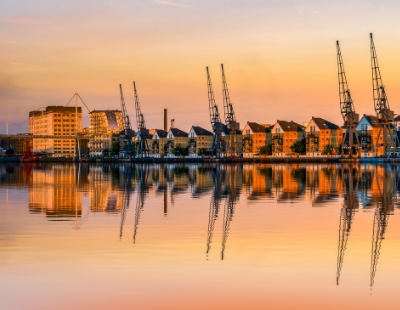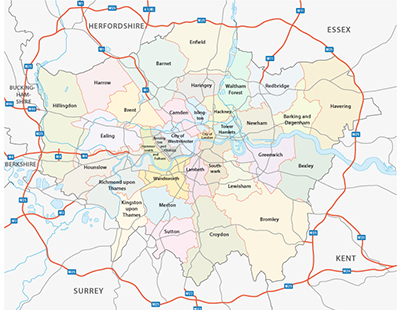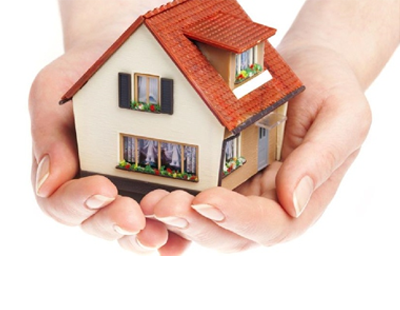With temperatures reaching over 30 degrees this week, and with yet another heatwave forecast for the end of August, building experts from Roofing Megastore are warning about how extreme temperatures can damage your property, if not managed correctly.
Gian-Carlo Grossi, managing director at Roofing Megastore, comments:
“The simple fact is our homes are woefully underprepared to handle the ferocity, and frequency of heatwaves that we now seem to be increasingly experiencing. The majority of homes in the UK were built in a time when summer just meant one less day of rain, not 40 degree temperatures, and this means most of our older properties are at severe risk of overheating. One of the reasons behind this, unfortunately, is due to the myriad of energy-saving measures we have put in place over the years to prevent heat from escaping.
The risk is even greater for those living in more heavily populated areas, as well as top-floor flats with no access to tree cover. When all of these factors combine, you’ll quickly find that the warmth, so sought after in the winter, will build to potentially dangerous extremes.
Other damage can occur when exteriors bear the brunt of harsh UV rays. Rapid expansion and contraction around your guttering can cause the metal to crack, leading to leaks and stains. Dry conditions and heat are also problematic for older fixings. Extended exposure can cause the nails that are holding down your tiles and slates to fail which will lead to them becoming loose, opening a path for water to easily ingress into your loft.”
So here’s how to protect your home from suffering in the heat.
-
Invest in breathable insulation – With buildings at risk of overheating, we cannot overstate how important the quality of your insulation is. Material with a high thermal mass and improved breathability, including sheep wool and other natural insulation, tend to be the best choices for keeping cool.
-
Keep your blinds and shutters closed and use heat reflective glazing- Heat can enter our homes in a variety of ways, but in few places more easily, than our windows. Investing in shades, blinds and keeping them closed in the day time will reduce the amount of heat getting into your home. And suitable reflective glazing is a great first line of defence, as it’ll let light in while bouncing back any heat.
-
Ensure your roof is protected against the heat - When it comes to hot weather materials, two stand out far ahead of the pack. The first of which is metal. Available in both tile and sheet form, metal boasts a phenomenally reflective surface, and is able to keep as much as 90% of sunlight away from your roof. Concrete is another great choice, preferred in many dry climates - the material can also be fully recycled at the end of its lifespan.
-
Check your roof for leaks - One of the most common causes of serious damage to a property’s exterior in high temperatures is a roof leak. This could be as a result of the expansion of a roof which leads to cracked shingles that can leak. The temperature difference between your roof and the surrounding air can also be problematic when the cooler temperature of your roof causes condensation, with the excess moisture causing water damage and weakening the roof over time. Sometimes fixing leaks is as simple as spotting the source and replacing a few roof tiles, however more serious leaks can be difficult to diagnose and may require professional help. We recommend checking your loft space after high temperatures to catch any issues early.
-
Keep your windows closed – This might seem counterintuitive, but it’s actually best not to open your windows when there’s hot weather. When the air outside is hotter than inside your home, opening your windows could actually cause your home’s temperature to increase. It’s best to only open your doors and windows first thing in the morning and then again in the evening when the external temperature is less than the internal."









.png)










Join the conversation
Be the first to comment (please use the comment box below)
Please login to comment